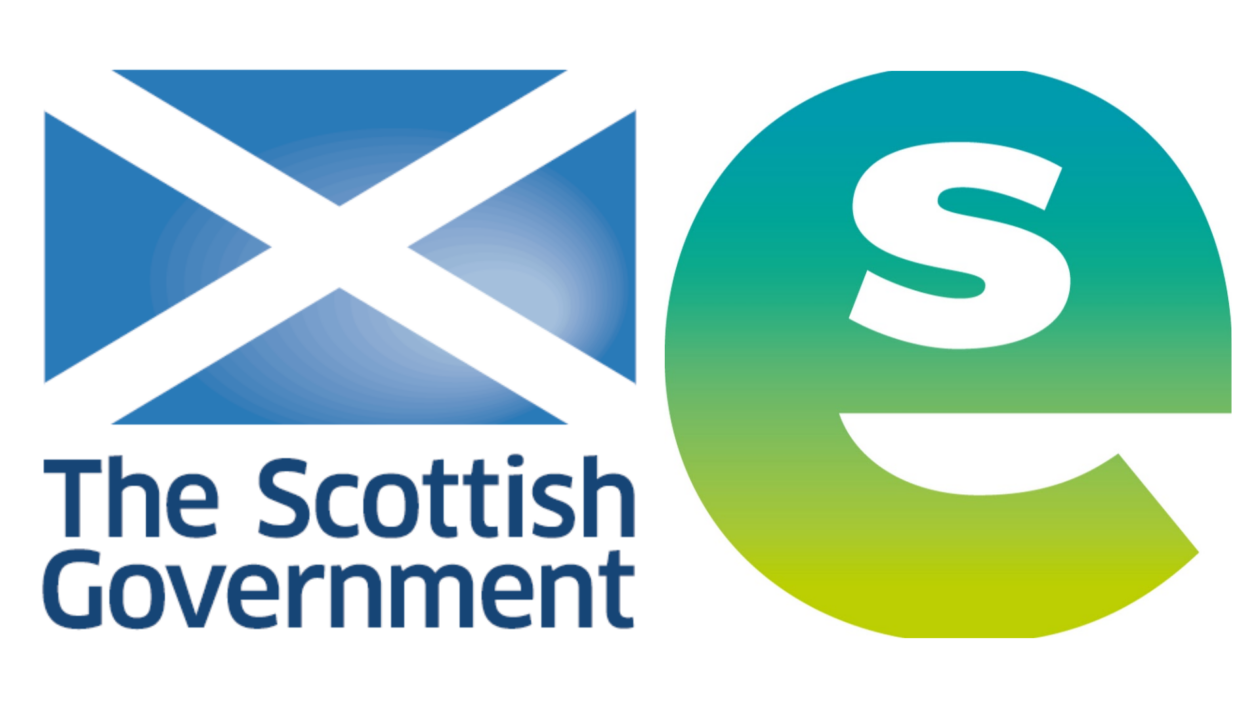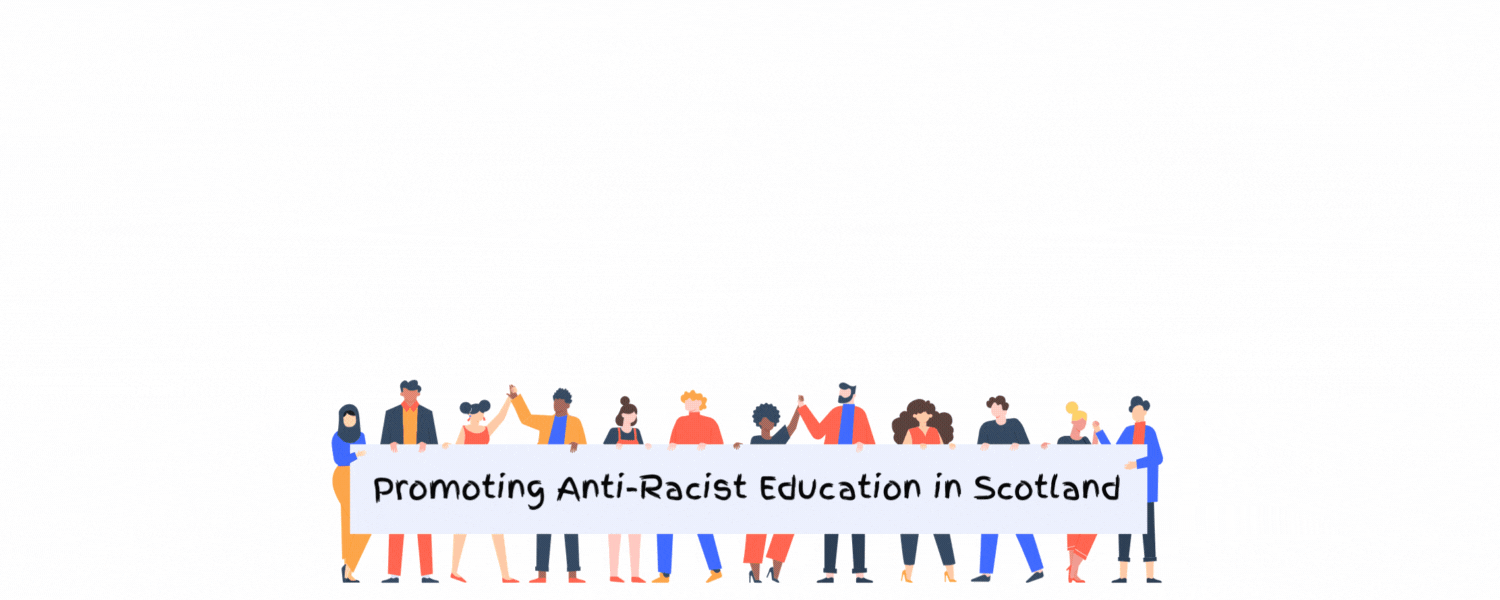Practitioner Considerations
Young people should not be discouraged from noticing and discussing differences in skin colours. Psychologist Beverly Tatum’s research shows that children not only recognise race from a very young age, but also develop racial biases by ages 3 to 5 that do not necessarily resemble the racial attitudes of the adults in their lives. Not talking about race and racism sends a message to children that it is a taboo topic, no matter what age. Affirming children’s questions and comments about race is a powerful tool to avoid making them feel that conversations about anti-racism are negative. Open conversations about race at a young can also help reduce internalising racial stereotypes.
- Tatum, B. D. (2017) Why Are All the Black Kids Sitting Together in the Cafeteria?
- How to talk to kids about racism: An age-by-age guide
- Post-Workshop Cheat Sheet: Reflections on Difficult Conversations about Race
- STRATEGY: AFFIRM CHILDREN’S QUESTIONS Archives – Raising Race Conscious Children
- 100 race-conscious things you can say to your child to advance racial justice – Raising Race Conscious Children
| Third and Fourth level | |
| Experiences and Outcomes | Possible activity/practice |
| When I engage with others, I can make a relevant contribution, encourage others to contribute and acknowledge that they have the right to hold a different opinion. I can respond in ways appropriate to my role and use contributions to reflect on, clarify or adapt thinking.
LIT 3-02a (See also LIT 4-02a) · |
Through the development of skills in listening and talking, young people are given regular opportunities to explore a range of topics including social issues such as racial equality and cultural diversity. Through formal and informal group discussion and interactions they are encouraged to form views, justify these with evidence and challenge opposing views in ways that are respectful and inclusive.
Learners could be supported to consider whose story is being shared, who benefits from the story, who is missing from the story and why this might be the case. It might be appropriate to support learners to challenge a narrative being presented and seek out counter narratives that are informed by lived experience. For example a text written about race by a white author could be explored alongside a text written about race by a Minority Ethnic author. Learners should be supported to develop their critical perspective around representation of characters, cultures and events. Alongside young people, practitioners should reflect on the classroom texts and resources used to ensure that they are not reinforcing racial biases and stereotypes. The learning environment should encourage them to:
|
| When listening and talking with others for different purposes, I can:
· communicate information, ideas or opinions; · explain processes, concepts or ideas; and · identify issues raised, summarise findings or draw conclusions. LIT 3-09a (See also LIT 4-09a) |
In response to engaging with texts or through discussions with others, young people are able to explore and express their point of view, informally and in more formal contexts such as solo talks and presentations. Opportunities to produce such writing are increasingly used to challenge inequality and argue positively for social justice.
These Scot Dec materials were created by English teachers in Scotland. The first activity introduces the need to hear multiple stories of the world and our place in it. There then follows three units with a focus on climate change, refugees and how we engage with the ‘other’. |
| I can:
· discuss and evaluate the structure, characterisation and/or setting using some supporting evidence; · identify the main theme of the text and recognise the relevance this has to my own and others’ experiences; and · identify and comment on aspects of the writer’s style and other features appropriate to genre using some relevant evidence. ENG 3-19a (See also ENG 4-19a) |
By engaging with a variety of written and media texts, young people explore features such as theme, characterisation and relationships and consider how writers often use these to convey powerful messages on racial inequality and the lived experiences of people in the past and the present day. For example: “Teenage rebels”: Cane Warriors author Alex Wheatle on writing about young people living through incredible events
Learners should be encouraged to think critically about the use of language and how it can be used as a told a tool to give power, take power or share power. They should be supported in using their critical literacy skills to take positive action for social justice. These Scot Dec materials were created by English teachers in Scotland. The first activity introduces the need to hear multiple stories of the world and our place in it. There then follows three units with a focus on climate change, refugees and how we engage with the ‘other’. |
| I can persuade, argue, evaluate, explore issues or express an opinion using a clear line of thought, relevant supporting detail and/or evidence. LIT 3-29a
(See also LIT 4-29a) |
Young people are given opportunities to create their own non-fiction texts, such as discursive or persuasive writing, in which they draw on robust and relevant evidence to support a clear line of thought. Opportunities to produce such writing are increasingly used to challenge inequality and argue positively for social justice.
Why Frogs and Snakes Never Play Together activity: through folk tales, this lesson plan explores the topic of diversity and will spark a discussion about the topic of prejudice. These Scot Dec materials were created by English teachers in Scotland. The first activity introduces the need to hear multiple stories of the world and our place in it. There then follows three units with a focus on climate change, refugees and how we engage with the ‘other’. |
| Having explored the elements which writers use, I can create texts in different genres by:
· integrating the conventions of my chosen genre successfully; · using convincing and appropriate structures; · creating interesting and convincing characters; and · building convincing settings which come to life. ENG 3-31a (See also ENG 4-31a) |
Through the exploration of genre, learners increasingly develop a critical awareness of cultural and racial representations. They are given opportunities to create their own fiction texts in a variety of forms. In doing so, they explore themes such as racial inequality, cultural identity and social diversity in ways that reflect a growing awareness of, and empathy with, the lived experiences of everyone.
When young people are creating their own texts they should be supported to focus on humanising the voices and experiences of their characters when exploring diversity. This is especially important if a learner is writing about a character with a different identity, cultural heritage or background to themselves. There is scope for learners to explore other identifies through their writing but they must be supported to avoid recreating stereotypes or tokenism. This can be done through recognising their own positionality and through finding texts that are written by a person with lived experience of the identity they are exploring. |


